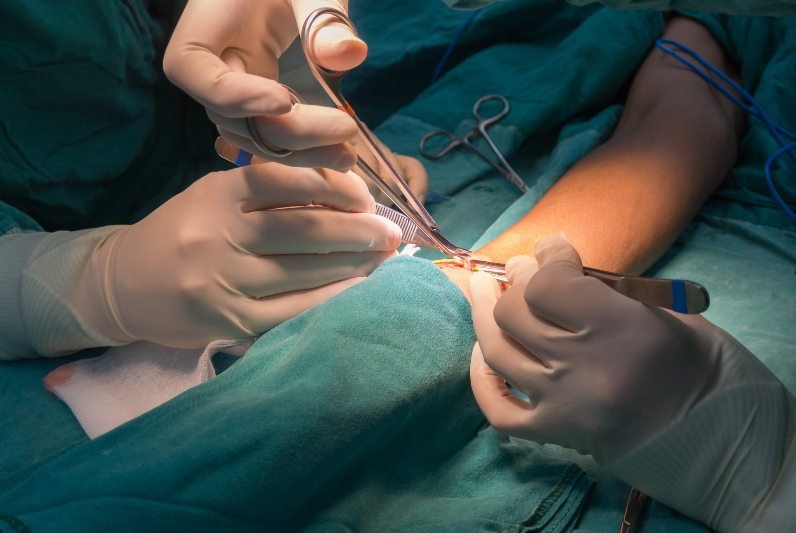-
April 28, 2020
-
0

What is Haemodialysis?
Haemodialysis is a treatment conducted on people with kidney failure to help purify their blood. During this treatment, a dialysis machine takes over the functions of their kidneys and filters out toxins and waste material from the blood. It is prescribed for people who have kidney disease or other issues that have caused their kidneys to lose function.
Before haemodialysis, the patient must first undergo a surgical procedure to create an access point known as AV fistula for the dialysis machine. This is normally done in the wrist or arm and performed by a vascular surgeon.
What is AV Fistula?
An AV (arteriovenous) fistula is a connection that is created between an artery and vein in the patient’s arm for dialysis access. It is created as part of a surgical procedure to prepare the patient for haemodialysis. During the procedure, the surgeon connects the artery in the patient’s arm to a vein, creating the AV fistula. The artery-vein configuration is selected by the surgeon depending on the patient’s health and body structure.
The AV fistula surgery is normally conducted about six months before the patient’s first haemodialysis treatment. The surgery is done within a few hours and is typically an outpatient procedure. The patient is given a numbing agent in the arm or general anaesthesia so that they are comfortable during the procedure.
How is the AV Fistula used during Haemodialysis?
Once the AV fistula is created, it serves as a connection between the patient and the dialysis machine. Before the haemodialysis treatment, a nurse will insert two needles into the AV fistula. One needle is connected to a tube which transports blood into the dialysis machine. The second needle allows purified blood to safely return to the patient’s body. A regular haemodialysis treatment lasts three to four hours.
Contact
JAYANAGAR
BANASHANKARI

